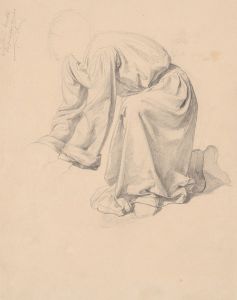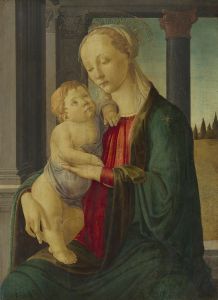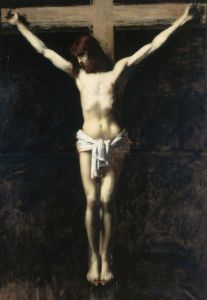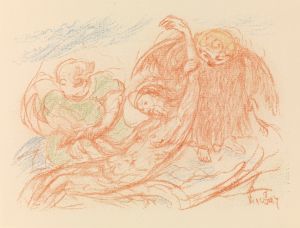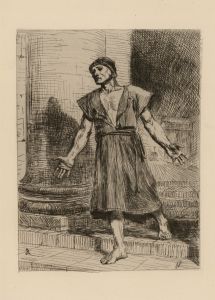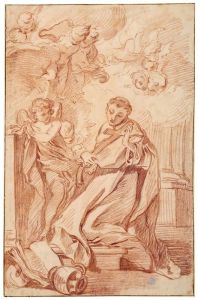
Christ au tombeau
A hand-painted replica of Jean-Jacques Henner’s masterpiece Christ au tombeau, meticulously crafted by professional artists to capture the true essence of the original. Each piece is created with museum-quality canvas and rare mineral pigments, carefully painted by experienced artists with delicate brushstrokes and rich, layered colors to perfectly recreate the texture of the original artwork. Unlike machine-printed reproductions, this hand-painted version brings the painting to life, infused with the artist’s emotions and skill in every stroke. Whether for personal collection or home decoration, it instantly elevates the artistic atmosphere of any space.
Jean-Jacques Henner's Christ au tombeau (Christ in the Tomb) is a painting by the French artist Jean-Jacques Henner (1829–1905), a prominent figure in 19th-century academic art. Henner was known for his mastery of chiaroscuro and his ability to depict the human figure with a sense of softness and spirituality. While his oeuvre includes portraits, nudes, and religious subjects, Christ au tombeau is one of his works that reflects his interest in religious themes.
The painting depicts the body of Christ lying in the tomb after the Crucifixion. Henner's treatment of the subject is notable for its subdued palette and the use of light to emphasize the contours of Christ's body, creating a sense of solemnity and reverence. The composition is simple and focused, with Christ's figure occupying the central space, surrounded by darkness that enhances the dramatic effect. This approach aligns with Henner's characteristic style, which often combined realism with an ethereal, almost dreamlike quality.
Henner's religious works, including Christ au tombeau, were influenced by his academic training and the traditions of the French Academy. He studied at the École des Beaux-Arts in Paris and won the prestigious Prix de Rome in 1858, which allowed him to study in Italy. His exposure to Renaissance and Baroque art during his time in Italy likely informed his approach to religious subjects, as seen in the careful modeling of Christ's body and the evocative use of light and shadow in this painting.
The exact date of creation for Christ au tombeau is not definitively documented, but it is consistent with Henner's broader body of work, which often explored themes of mortality, spirituality, and the human condition. The painting reflects the 19th-century European fascination with religious imagery, even as secularism was on the rise. Henner's ability to imbue his works with a sense of timelessness and emotional depth made him a respected figure in the art world of his time.
Today, Christ au tombeau is recognized as an example of Henner's skill in rendering the human form and his sensitivity to religious themes. It is housed in the Musée Jean-Jacques Henner in Paris, a museum dedicated to the artist's life and work. The museum provides insight into Henner's artistic process and his contributions to 19th-century French art.





